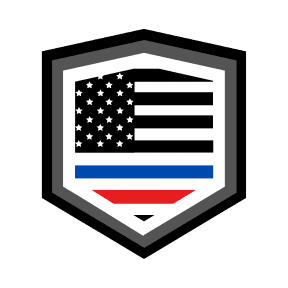In August 1965, U.S. pilots received authorization to attack and destroy anti-aircraft targets in North Vietnam without any restrictions. This approval came months after President Lyndon B. Johnson had authorized the campaign in February of that year.
Expanded Strategic Attacks
Initially, Johnson was concerned that the Soviet Union and China might be drawn into the war. As a result, the targets were restricted to those selected by Secretary of Defense Robert McNamara. However, in August, the pilots were given the green light to attack all Soviet missile installations in North Vietnam. One of the most notable missions of this period was carried out by the Wild Weasels, a group of F-105 Thunderchiefs who employed a unique strategy to locate and destroy the anti-aircraft sites.
The Wild Weasels would bait the anti-aircraft sites into revealing their positions, allowing the pilots to target and demolish them. The leader of this group was the Republic F-105 Thunderchief, affectionately known as "Thud." As the aircraft took out numerous North Vietnamese targets, it eventually became synonymous with the Wild Weasel moniker.
The Exceptional Wild Weasel Pilots
The Wild Weasel pilots were considered some of the bravest and most skilled in the Vietnam War. They consistently flew F-100, F-105, and F-4 aircraft deep into enemy territory to provoke the enemy into firing. Once the surface-to-air missiles (SAMs) were launched at the planes, the Weasels would pinpoint their locations and eliminate the threats.
A typical Wild Weasel mission involved flying into enemy airspace with a group of Thuds, armed with bombs and rockets, to locate and destroy SAM sites. This strategy effectively made the Wild Weasel the bait for enemy fire. The pilots often relied on advanced radar and warning devices to detect incoming missiles. However, they were also known to use more traditional methods, such as flying the Wild Weasels to draw out SAM locations, allowing the Thuds to target and destroy them.
One of the most effective ways to locate SAM sites was to follow the smoke trails left by the missiles. Throughout the following seven years, air raids persisted, with tactics and strategies constantly evolving in response to the ever-changing conditions of the conflict. The Wild Weasel pilots and their missions played a crucial role in neutralizing enemy defenses and protecting U.S. forces during the Vietnam War.


179 combat missions in A6A/B in 1972-73, flying from USS Saratoga, attached to VA-75/CVW-3! Silver Fox
Today's History: US President Biden has given Taliban enemy more Black Hawk helicopters than 85 percent of countries in the world have?”
China killed our soldiers in Korea and Vietnam and they will be doing again. That's why we need a man like Trump in charge.